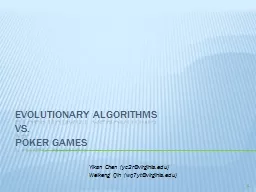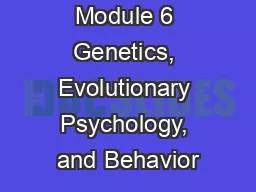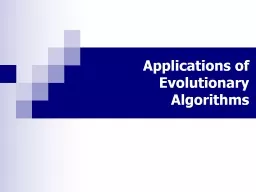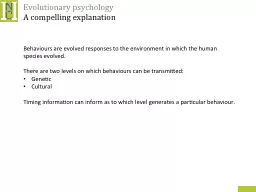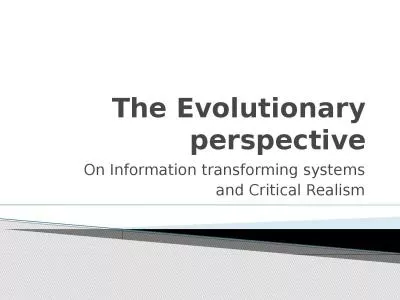PPT-Gains in evolutionary dynamics
Author : eatfuzzy | Published Date : 2020-06-25
A unifying and intuitive approach to linking static and dynamic stability Dai Zusai Philadelphia USA Lyapunov function i attains the minimum value only at an
Presentation Embed Code
Download Presentation
Download Presentation The PPT/PDF document "Gains in evolutionary dynamics" is the property of its rightful owner. Permission is granted to download and print the materials on this website for personal, non-commercial use only, and to display it on your personal computer provided you do not modify the materials and that you retain all copyright notices contained in the materials. By downloading content from our website, you accept the terms of this agreement.
Gains in evolutionary dynamics: Transcript
Download Rules Of Document
"Gains in evolutionary dynamics"The content belongs to its owner. You may download and print it for personal use, without modification, and keep all copyright notices. By downloading, you agree to these terms.
Related Documents



